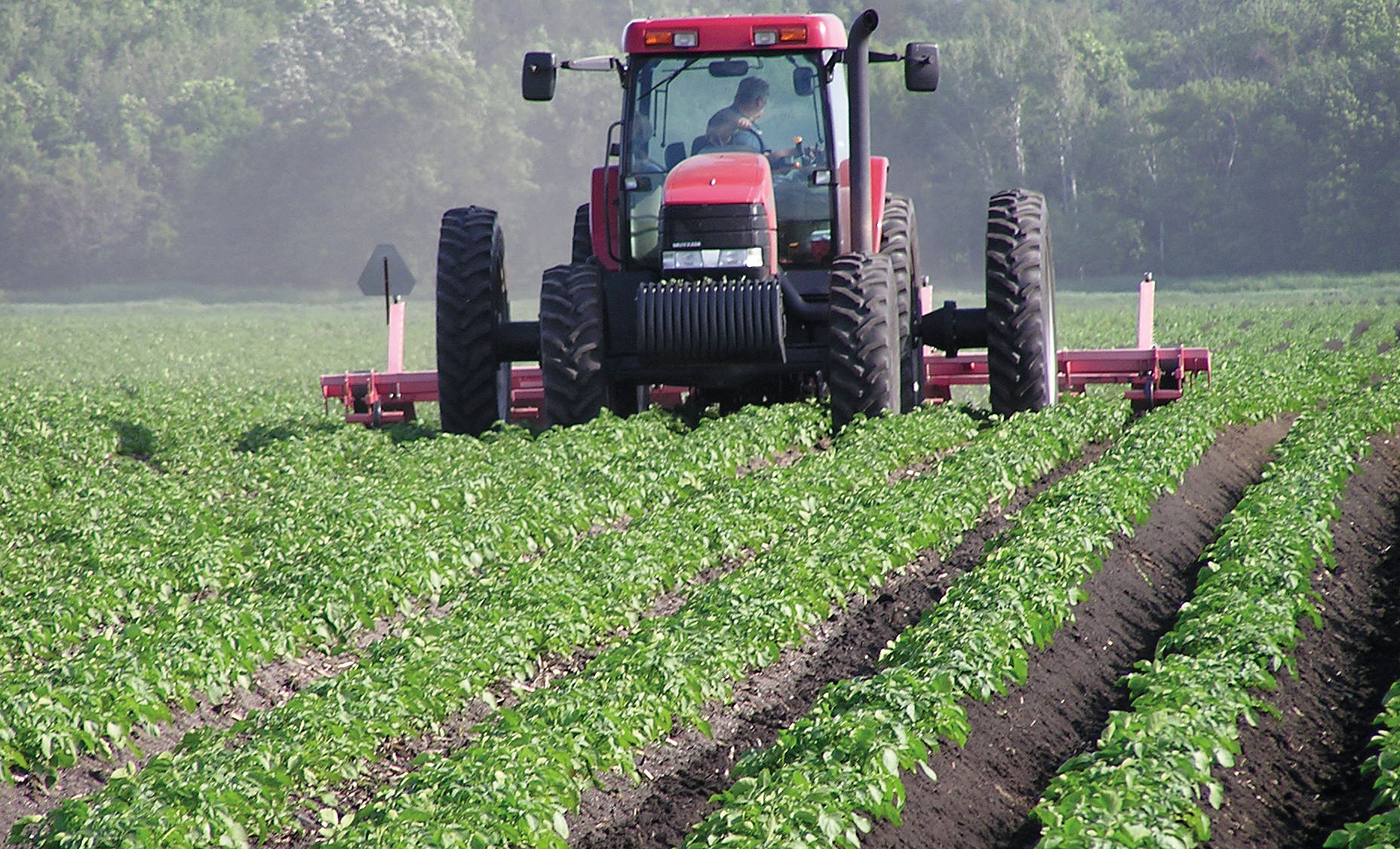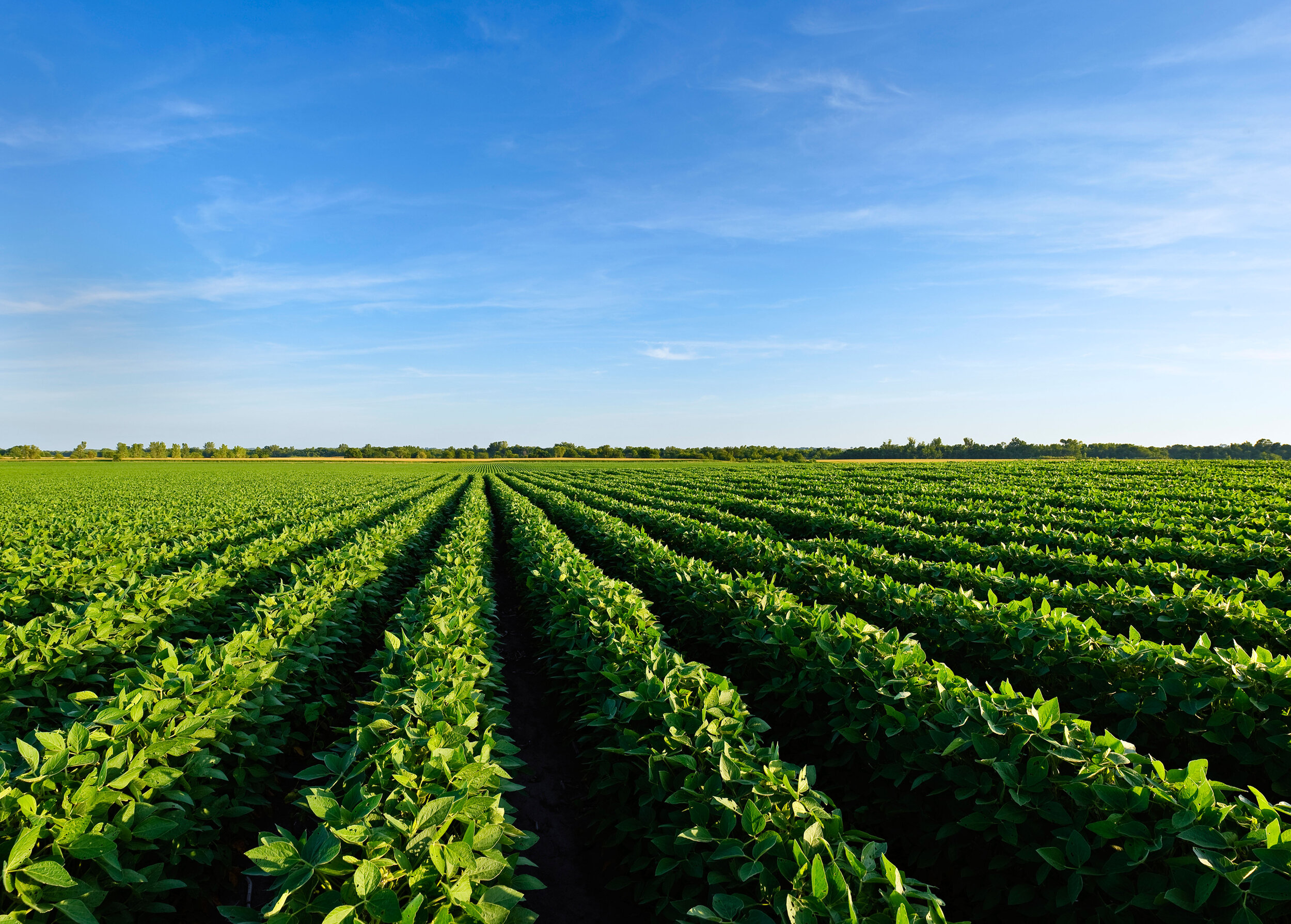Accuracy Agriculture: Reinventing Farming with Innovation
Accuracy Agriculture: Reinventing Farming with Innovation
Blog Article
Optimize Plant Development and Yield With Premium Water Soluble Polymers for Farming
Costs water-soluble polymers have actually arised as an appealing device in this quest, using a variety of benefits that can reinvent the way we come close to plant farming. By resolving crucial facets such as soil structure, water retention, and nutrient shipment, these polymers have the potential to unlock new levels of performance and return in agricultural production.
Benefits of Water-Soluble Polymers
Water-soluble polymers provide a variety of benefits in farming applications, improving dirt structure and water retention effectiveness. These polymers, when related to the dirt, can dramatically enhance dirt gathering, lowering disintegration and enhancing overall soil health. By enhancing soil structure, water-soluble polymers create a much more beneficial atmosphere for root growth and development, ultimately bring about boosted plant returns.

Better Soil Framework
Offered the demonstrated advantages of water-soluble polymers in boosting dirt high quality and water retention, a crucial element that stands out is the significant effect these polymers have on restructuring the soil structure. Costs water-soluble polymers play an important function in improving dirt structure by promoting dirt aggregation and stability. By enhancing dirt structure, water-soluble polymers assist protect against dirt compaction, which can restrict origin growth and water motion.
Enhanced Water Retention
Boosted water retention can be attained with the usage of premium water-soluble polymers in farming methods. These polymers have the distinct capacity to absorb and maintain large quantities of water within the dirt profile, producing a storage tank that plants can access during periods of water anxiety.
Costs water-soluble polymers function by forming a gel-like structure when blended with water, boosting the dirt's water-holding capacity and decreasing water loss with dissipation and drainage. This enhanced water retention not only enhances plant durability to dry spell problems yet also lowers the frequency of irrigation, causing water preservation and cost savings for farmers.
Effective Nutrient Shipment
With the foundation of enhanced water retention currently developed, the emphasis moves towards enhancing agricultural practices via the reliable shipment of nutrients to plants for sustained growth and performance (Agriculture). Reliable nutrient shipment is crucial in optimizing crop yields and guaranteeing plant health. Water-soluble polymers play an essential duty in this process by assisting in the controlled launch of crucial nutrients to the plants' origin systems
One key benefit of using costs water-soluble polymers for effective nutrient delivery is their capacity to bind with nutrients, such as nitrogen, potassium, and phosphorus, preventing seeping and runoff. This makes certain that the plants get a constant and steady supply of nutrients, reducing wastefulness and environmental influence.
Furthermore, these polymers can boost nutrient uptake effectiveness by advertising root growth and enhancing dirt structure (Agriculture). By developing a beneficial setting for origin growth, water-soluble polymers you could look here aid plants access nutrients a lot more effectively, causing healthier plants with raised resistance to stressors like dry spell or disease
Making Best Use Of Crop Returns
These polymers play an important function in improving soil structure, water retention, and nutrient absorption, eventually leading to improved plant growth and development. By incorporating water-soluble polymers into their irrigation methods, farmers can guarantee that crops receive a adequate and regular water supply, also throughout periods of drought or water scarcity.
Moreover, water-soluble polymers aid lower soil disintegration, decrease nutrient leaching, and advertise root development, every one of which add to greater crop yields. By creating a safety film around plant roots, these polymers boost nutrient uptake efficiency see this here and protect plants from ecological stress factors. In addition, making use of costs water-soluble polymers can improve the overall wellness and strength of crops, resulting in raised returns and enhanced farming sustainability.
Final Thought

These polymers, when applied to the soil, can considerably improve soil aggregation, decreasing erosion and enhancing general soil health.Given the demonstrated advantages of water-soluble polymers in boosting dirt top quality and water retention, a crucial facet that stands out is the substantial effect these polymers have on restructuring the soil composition. Costs water-soluble polymers play an essential function in enhancing soil structure by advertising dirt aggregation and stability. By boosting dirt structure, water-soluble polymers help prevent dirt compaction, which can restrict root development and water activity. These polymers have the special capability to absorb and keep big quantities of water within the dirt account, this content creating a reservoir that plants can access throughout periods of water tension.
Report this page